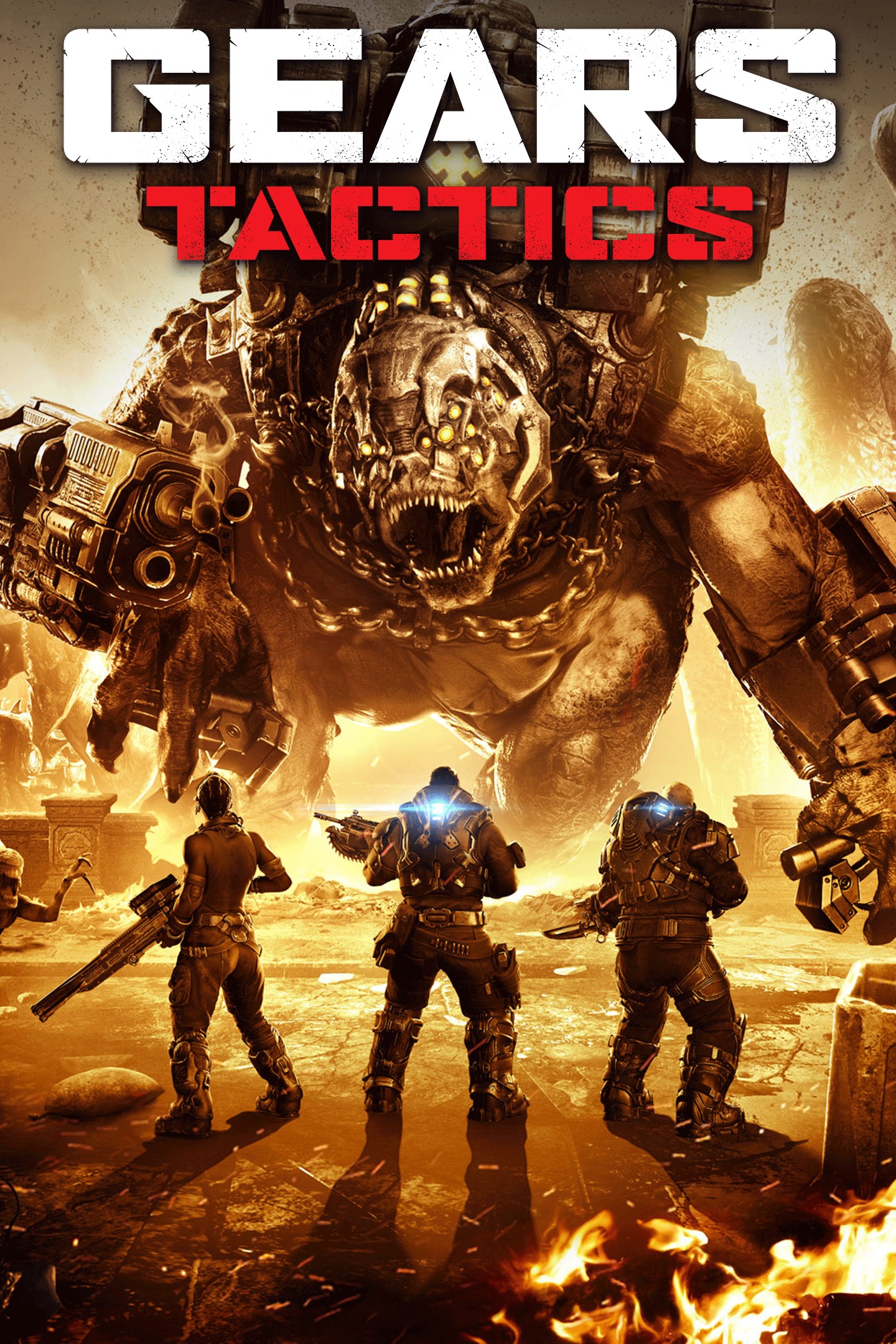Title: Stepping into the Matrix of Security: How VR is Revolutionizing ID Sign Installation Training
The world of physical security and access control is often invisible to the everyday person. We pass by "Authorized Personnel Only" or "ID Required Beyond This Point" signs countless times, rarely considering the meticulous planning, regulation adherence, and precise installation that such systems demand. Training for this niche yet critical profession has traditionally involved on-the-job shadowing, bulky manuals, and high-stakes real-world mistakes. But now, a technological wave is crashing over this field, ushered in by the immersive power of Virtual Reality. The latest update to the ID Required Sign Installer Simulator VR, introducing its groundbreaking 'Place Missions' module, is not just an upgrade; it's a complete paradigm shift in professional training.
Beyond the Classroom: The 'Place Missions' Update
The core of this transformative update is the 'Place Missions' system. Unlike the previous version, which may have focused on the mechanics of installing a sign on a generic wall, 'Place Missions' thrusts the trainee into a hyper-realistic, digitally replicated environment where context is everything. The mission is no longer simply to "install a sign correctly." It is to:
- Assess the Environment: The trainee is transported to a virtual hospital wing, a bustling corporate data center lobby, a high-voltage electrical room, or a sensitive government archive. Each location has unique architectural features, lighting conditions, traffic flow, and, most importantly, specific legal and safety requirements dictated by OSHA, HIPAA, NFPA, or other regulatory bodies.
- Make Critical Decisions: Where exactly is the optimal placement? Is it at eye level on the approach to the door? Is it clearly visible from all angles? Does its placement itself violate a fire code by obstructing an exit path or an emergency shut-off? The simulator presents these dilemmas in real-time.
- Execute with Precision: Using VR controllers that mimic real tools—a drill, a level, a screwdriver—the user must physically perform the installation. The physics engine ensures that drilling into a virtual concrete wall feels different than drilling into drywall. The software tracks the alignment, the tightness of the fasteners, and the overall professional finish of the install.
The Tangible Benefits of a Virtual Apprenticeship
This VR-based training methodology offers unparalleled advantages over traditional methods.
-
Risk-Free Learning Environment: A trainee can accidentally drill into a virtual conduit carrying high-voltage cables. The result is a dramatic, immersive visual and auditory feedback—sparks, sounds of short-circuiting, and a mission failure screen—followed by a tutorial pop-up explaining the mistake and the potentially fatal real-world consequences. This creates powerful muscle memory and safety awareness without any actual danger or costly damage. They can make every mistake in the book and learn from them all within the safety of the simulation.
-
Scalable Scenario Training: The 'Place Missions' update can include a vast library of scenarios. One mission might require installing a sign on a large, empty hangar door, teaching techniques for wide, metallic surfaces. The next could be in a cramped, busy server room, focusing on minimal disruption and precise tool handling. This variety prepares installers for any situation they might encounter in the field, making them vastly more adaptable and competent.
-
Regulatory Compliance Gamified: Learning dense regulatory codes can be dry. The simulator integrates these rules directly into the gameplay. The user might have a digital codebook accessible on a virtual tablet within the simulation. Points are deducted for placing a sign too high, using the wrong type of fasteners for a fire-rated wall, or failing to install it within the mandated distance from the door. This transforms compliance from a memorization task into an engaging, practical challenge.
-
Cost and Logistics Efficiency: Companies no longer need to maintain physical training facilities with various wall types and materials. A single VR headset becomes a limitless training ground. It reduces travel costs, material waste, and the time senior installers spend shadowing newcomers, allowing them to focus on revenue-generating projects.
The Future of Skilled Trades Training
The 'ID Required Sign Installer Simulator VR' with its 'Place Missions' is a microcosm of a much larger trend. It demonstrates how VR is poised to revolutionize not just gaming and entertainment, but skilled trades and professional certification. This technology provides a bridge between theoretical knowledge and practical, hands-on experience that was previously impossible to achieve safely and efficiently at scale.
For the industry, it means a new generation of installers who are better prepared, more safety-conscious, and highly proficient from day one. For the installers themselves, it represents an engaging, effective, and modern path to mastering their craft. They are no longer just reading instructions; they are living them in a digital twin of our world, preparing to secure the real one. The humble "ID Required" sign has become the gateway to the future of vocational training.



















